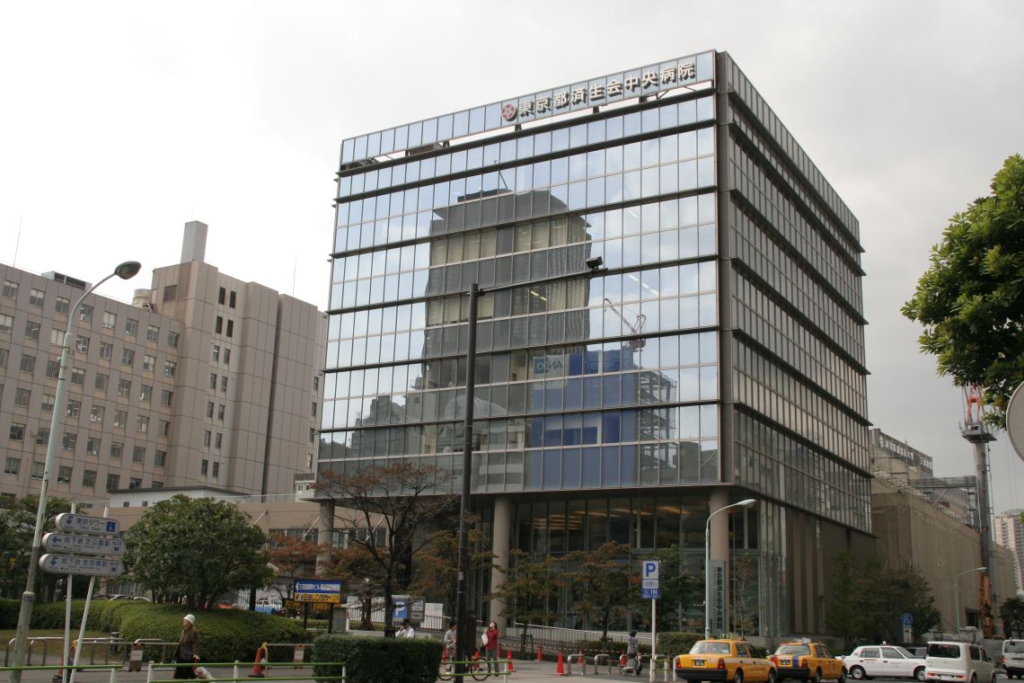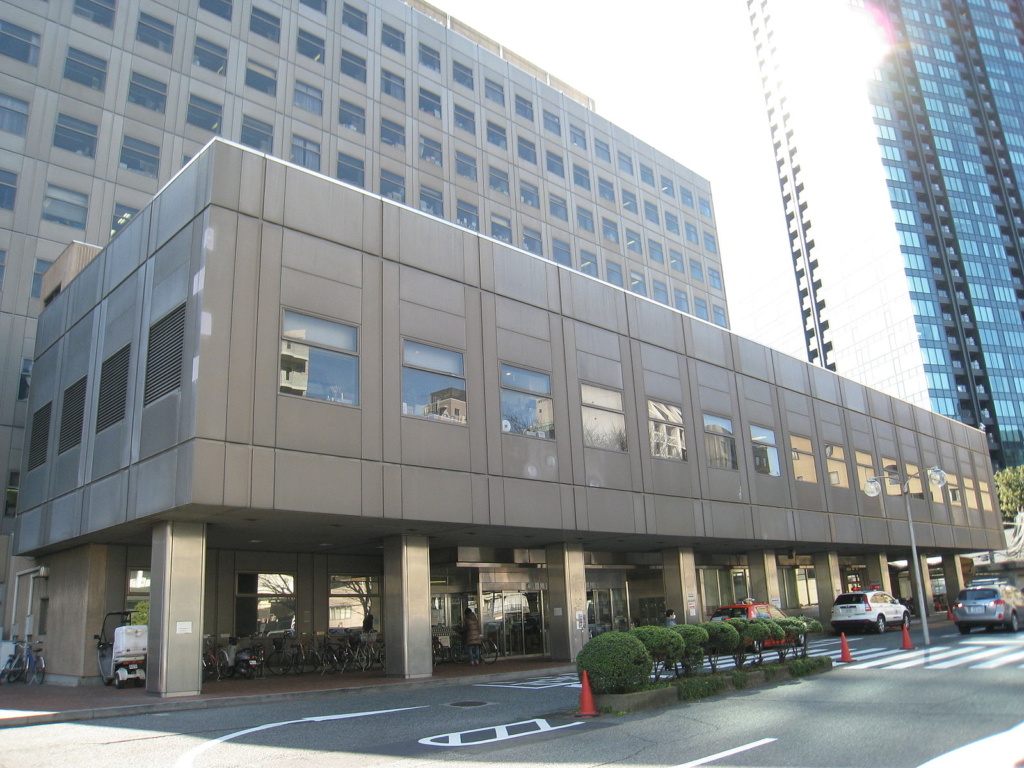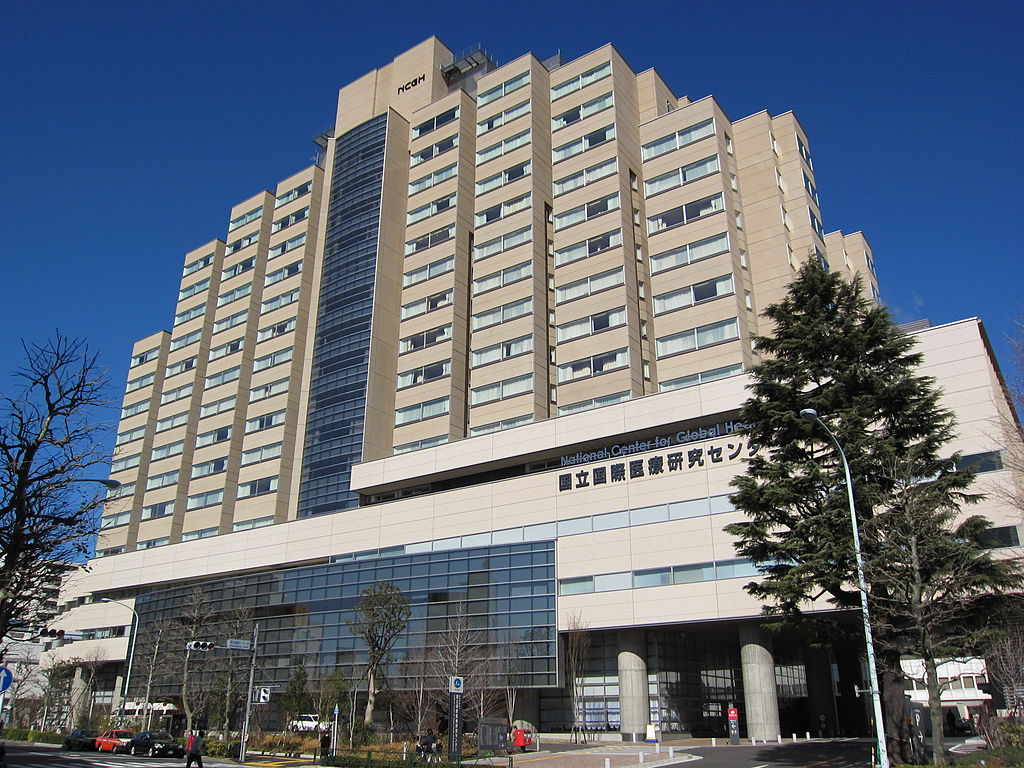When a foreigner gets sick or injured in Japan, they may not know which hospital to go to or may not be able to communicate properly in Japan. This can get so bad that some people may even decide to just not go to the hospital at all. But it’s important to know which medical care facilities you can visit in an emergency. That’s why in this article, we’ll explain the Japan Medical Service Accreditation for International Patients system, and talk about which hospitals can accommodate foreigners.
What is the Japan Medical Service Accreditation for International Patients System (JMIP)?
The JMIP (Japan Medical Service Accreditation for International Patients) was designed to improve Japan’s healthcare system so that every non-Japanese resident could receive proper medical care safely and worry-free. Using third-party organizations, the JMIP evaluates whether a medical care facility caters to the needs of foreign patients, looking at things like: Does it offer medical interpretation services? Does it implement an admittance system for non-Japanese residents? Does it offer multi-language support? Can it accommodate various cultural and religious requirements for healthcare?
It’s important to keep in mind, though, that this accreditation system only evaluates how accommodating a medical facility is to foreigners. It makes no judgments as to their quality of care. Additionally, the JMIP does not act as a referrer, so if you want to know whether a facility that you want to visit has a particular department or whether you can get a diagnosis in your native language, you’ll need to check all those things yourself. The system’s main goal is to help make it easier for foreigners to use Japan’s existing healthcare infrastructure.
JMIP-Accredited Medical Facilities
As of January 2021, there are 78 medical facilities in Japan with a JMIP accreditation. We’ll now introduce the main ones in Tokyo:
Tokyo Saiseikai Central Hospital

Located in Minato, an area of Tokyo with a large foreign population, the Tokyo Saiseikai Central Hospital also acts as the special ward’s disaster base hospital. The staff’s skills in accommodating foreigners are relatively high, and the facility even has medical interpretation services. The hospital mainly offers foreign language support in English, Mandarin, Spanish, French, Portuguese, and Russian.
Website (Japanese): https://www.saichu.jp/
Website (English): https://www.saichu.jp/english/home/
Website (Simplified Chinese): https://www.saichu.jp/chinese/top-chinese/
Website (Korean): http://jmip.jme.or.jp/index.php?l=kor
Mita Hospital (International University of Health and Welfare)

This medical facility is located in an area with a large foreign population as well as many embassies and consulates. Besides the JMIP, Mita Hospital is also accredited by the JCI (Joint Commission International), a US international healthcare organization accreditation system, and is well-known to many foreign tourists and residents alike. The hospital mainly offers foreign language support in English, Mandarin, Korean, and French.
Website (Japanese): https://mita.iuhw.ac.jp/
Website (English): https://mita.iuhw.ac.jp/english/
Website (Simplified Chinese): https://mita.iuhw.ac.jp/chinese/
Center Hospital of the National Center for Global Health and Medicine

Japan’s central medical facility for foreigners, this hospital takes an active, systematic and personal approach towards helping non-Japanese patients, which includes collaboration and mutual research with facilities abroad as well as staff training. And thanks to their International Health Care Center, foreigners can be admitted to the hospital much more smoothly. The hospital mainly offers foreign language support in English, Mandarin, and Vietnamese.
Website (Japanese): http://www.hosp.ncgm.go.jp/index.html
Website (English): http://www.hosp.ncgm.go.jp/en/index.html
Website (Simplified Chinese): http://www.hosp.ncgm.go.jp/cn/index.html
Things to Be Mindful of When Choosing a Medical Facility

Even if a hospital is equipped to admit foreign patients, the extent of their services will differ from hospital to hospital. Is the facility capable of treating what ails you? Do they offer support in your native language? Do they have a medical interpreter on staff? Do they have a healthcare coordinator who can help you with the necessary paperwork? Do they have a dedicated department for dealing with foreign patients? Can they grant you special considerations on religious grounds? These are the things you’ll have to find out for yourself by checking the facilities’ websites.
Helpful Websites to Know
While there are many general hospitals with JMIP accreditation, a lot of them require a referral and may not be able to see you for quite a while. It’s also very possible that there is no JMIP-accredited medical facility in your area. However, domestic Japanese facilities without a JMIP accreditation may still be able to admit foreign patients, so don’t worry if there are no JMIP-recognized hospitals near you.
The Japan National Tourism Organization (JNTO) has set up a website to help tourists and foreign nationals in Japan get the healthcare that they need. The site can be used to research hospitals in your area, how they do admittance, and more. It also lists every facility in the country that offers multi-language support, so you should definitely make use of it. Additionally, there are 1,556 JNTO-designated tourist information centers in Japan, and they can direct you to the medical facility best suited to your needs, so you should see if there is such a tourist center near you, just in case.
Website (Japanese): http://www.jnto.go.jp/emergency/jpn/mi_guide.html
Website (English): http://www.jnto.go.jp/emergency/eng/mi_guide.html
Website (Simplified Chinese): http://www.jnto.go.jp/emergency/chs/mi_guide.html
Website (Traditional Chinese): http://www.jnto.go.jp/emergency/chc/mi_guide.html
Website (Korean): http://www.jnto.go.jp/emergency/kor/mi_guide.html
Government Support for Medical Facilities and Municipalities

With the influx of tourists and foreign residents in Japan, more and more non-Japanese people are visiting Japanese hospitals. Because of that, the government started cooperating with municipalities and medical facilities to help make the admittance of these foreign patients smoother. Specifically, this is what it has been doing:
• Creating manuals for medical facilities and explanatory material for foreigners regarding healthcare for non-Japanese patients.
• Creating informational websites for Japanese medical facilities about admitting foreign patients.
• Supporting the creation of positions like medical interpreter or healthcare coordinator for foreign patients.
• Organizing study and training programs to help medical facilities accommodate foreign patients.
Summary
Some injuries or diseases will only get worse if you ignore them. That’s why we hope that you’ll use this article to help find the medical facility that’s right for you if you ever need to. Healthcare differs greatly across cultures, but every country wants to do all it can to help make people better. Even if Japanese healthcare differs from what you’re used to in your country, just relax, trust the doctor, and let them do what they do best.
If you want to give feedback on any of our articles, you have an idea that you’d really like to see come to life, or you just have a question on Japan, hit us up on our Facebook!
The information in this article is accurate at the time of publication.

